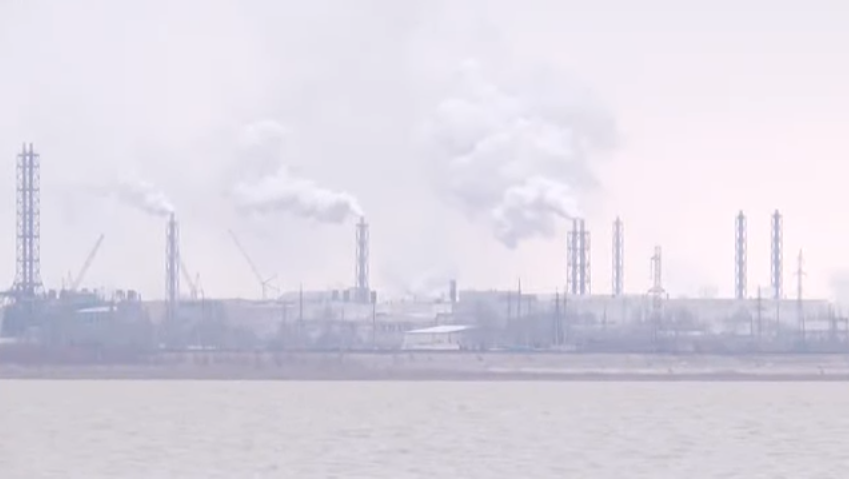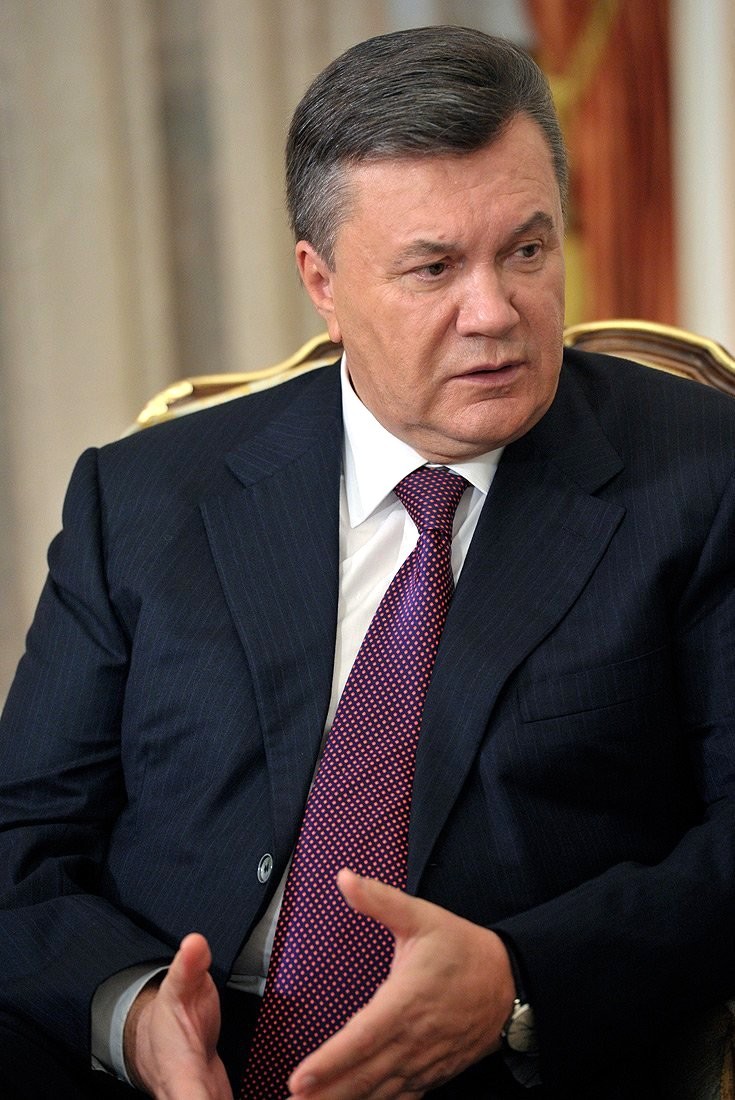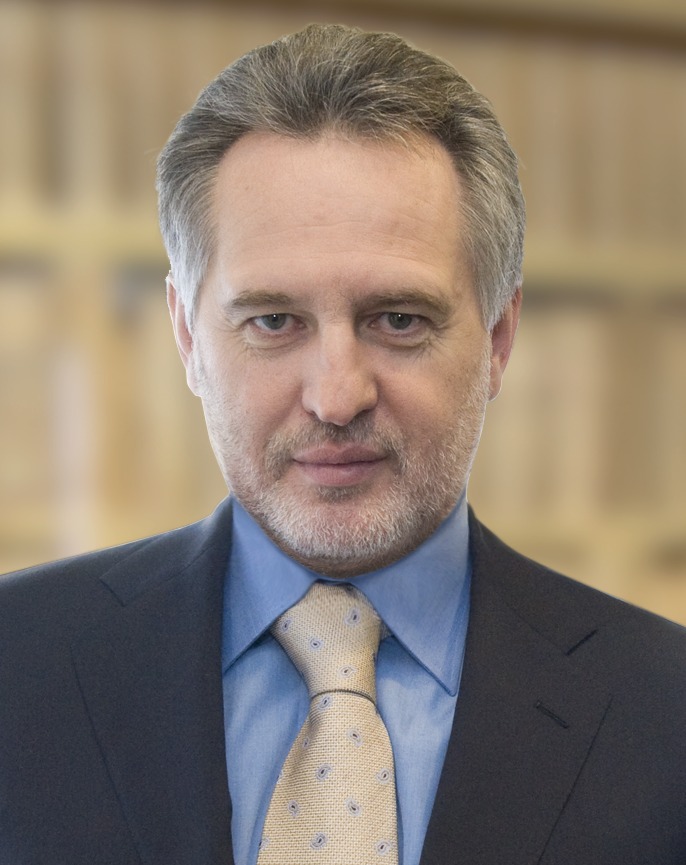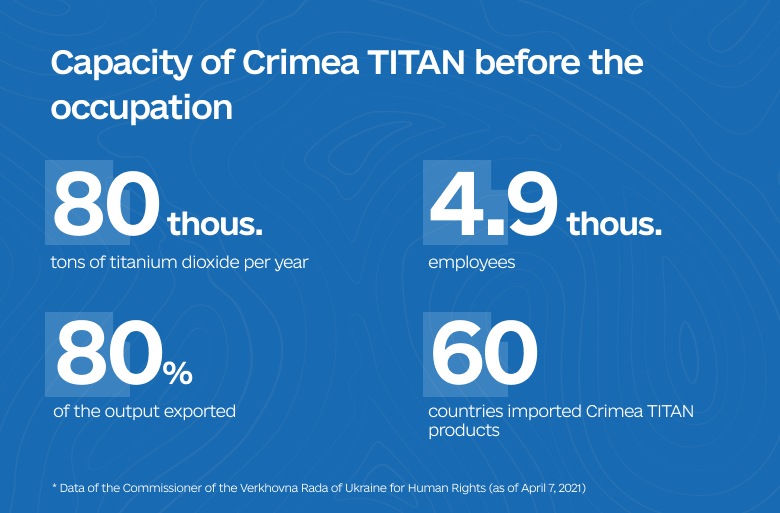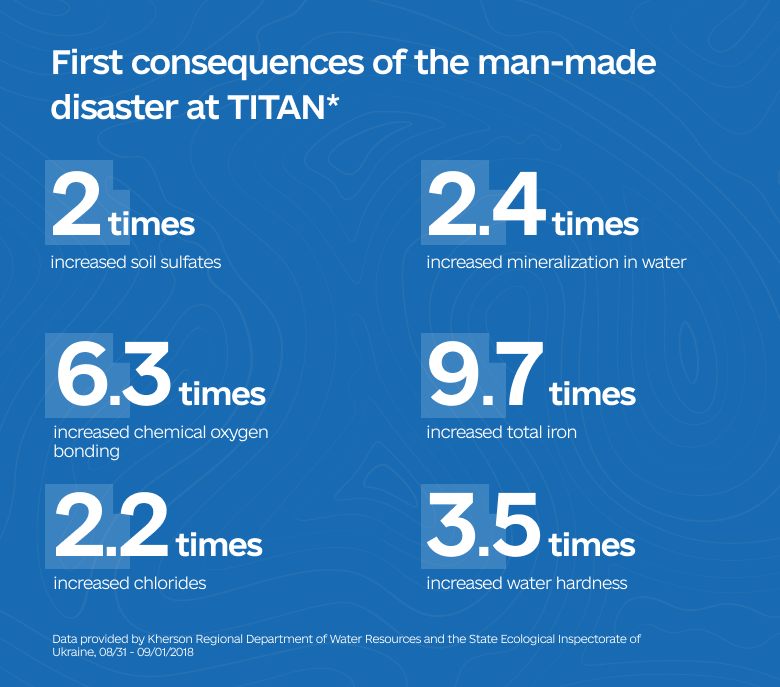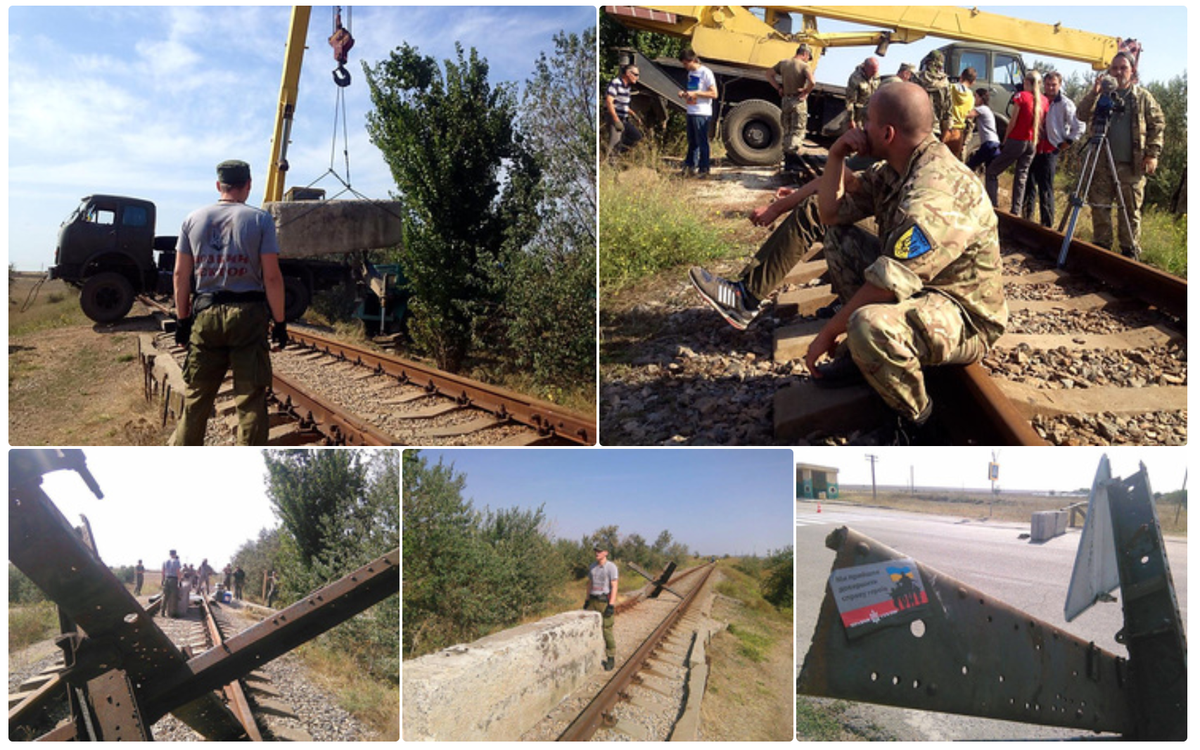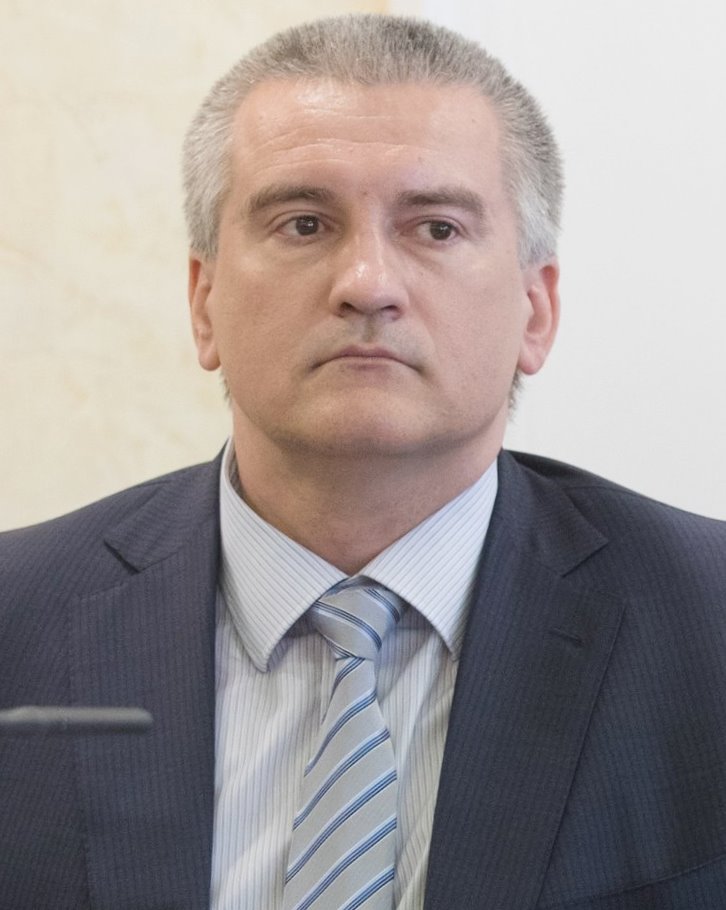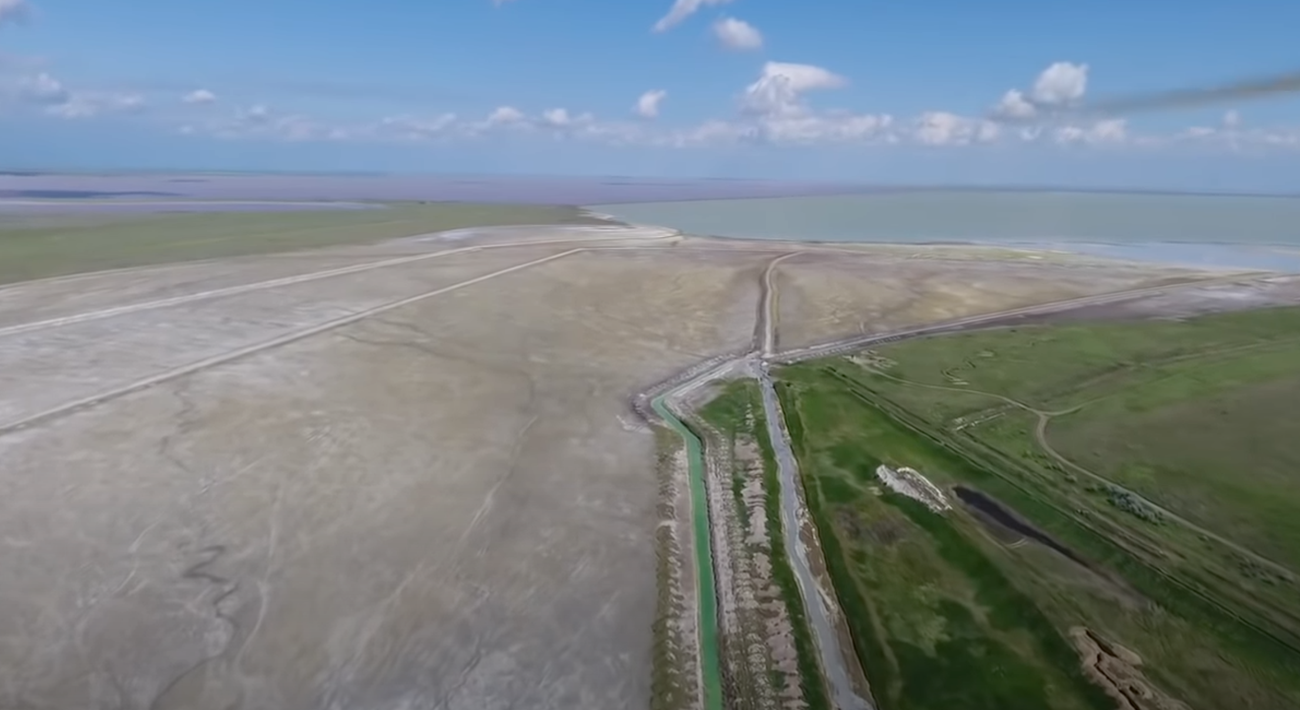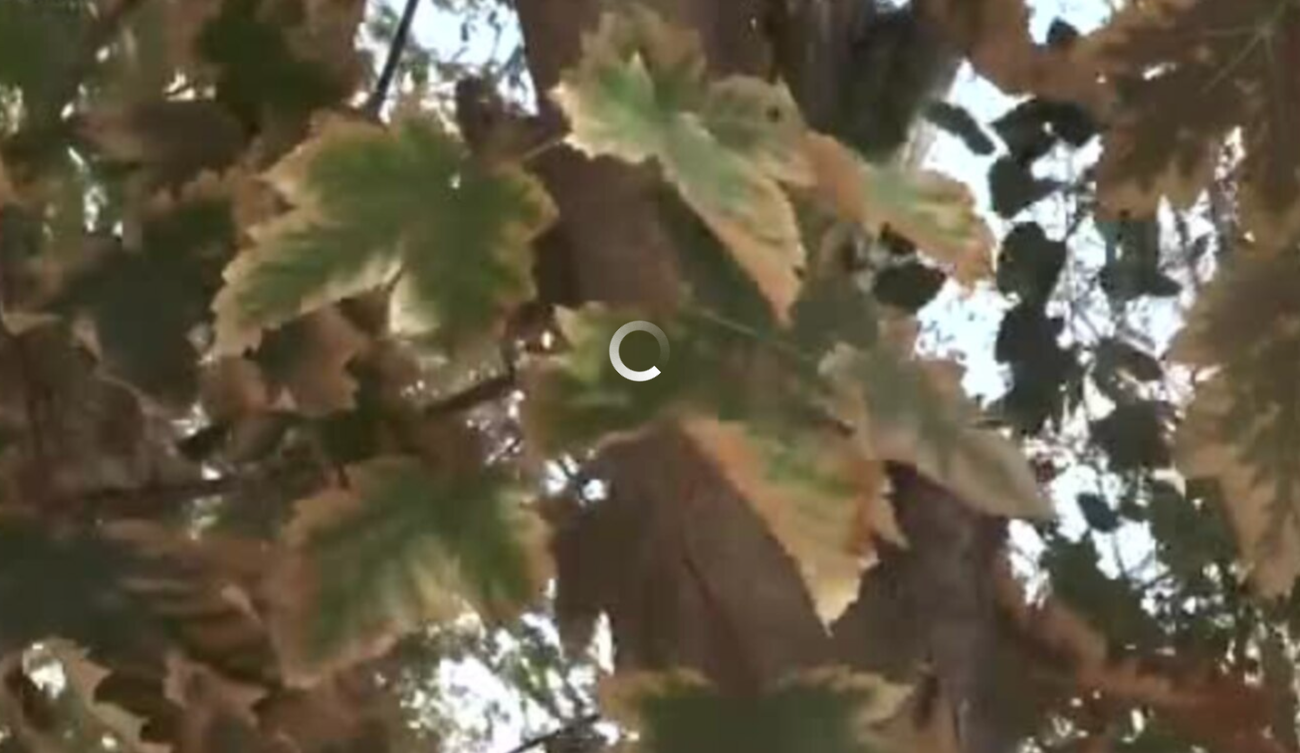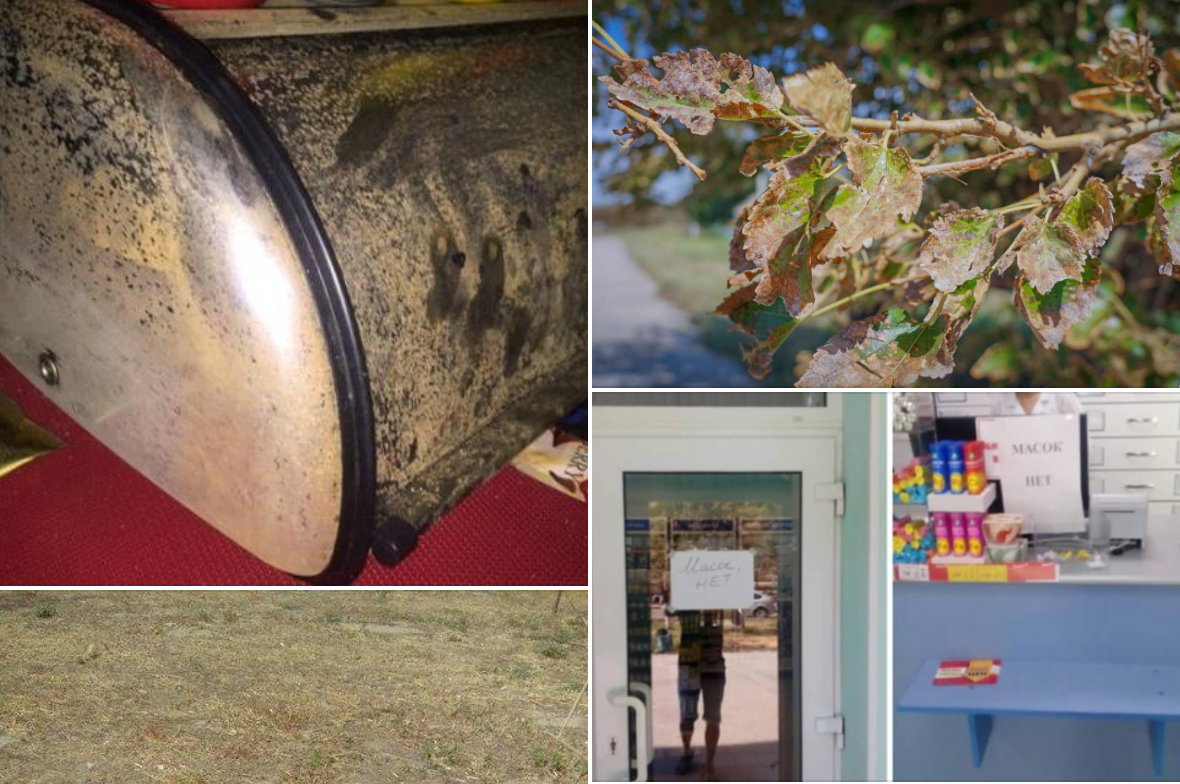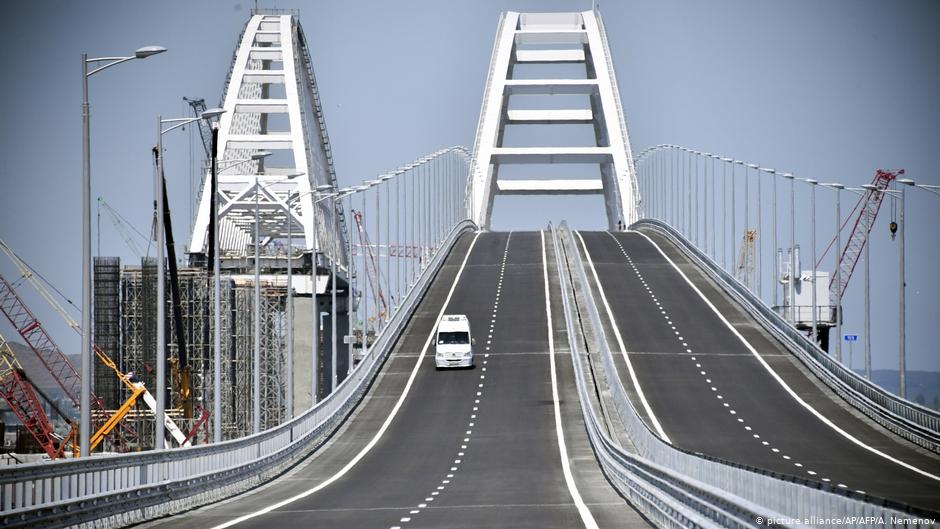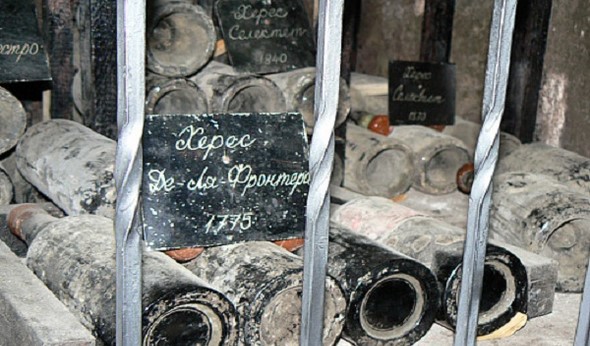A major environmental disaster in the region on a scale that is still kept secret happened as the result of unlawful economic activity of the Russian side in Crimea, including neglect of security measures and procedural violations.
The disaster broke out at the plant on the night of 08/24/2018, resulting in a discharge of an unknown substance into the atmosphere, tentatively identified as sulfur dioxide. Recurring discharges happened on 03 and 04/09/2018. Residents of both the temporarily occupied peninsula (a considerable area of the Krasnoperekopsk Raion) and Kherson Oblast (parts of Kalanchak and Chaplynka Raions) were the worst affected.
Discharges of toxic substances posed a hazard to human life and health, and polluted the environment. Local residents complained about a metallic taste in the mouth, heartburn, labored breathing, cough, inflammation of mucous membranes in the mouth, nose, throat and eyes, and burns of the respiratory tract. Some people were hospitalized, but mostly they were diagnosed with acute respiratory viral infection or allergy. In the towns and villages nearby, metal objects were oxidized, leaves fell from the trees, the air had a strong acidic odor, and machinery failed. The air pollution and sulfurous fog made people buy face masks on a mass scale. A considerable material damage has been inflicted, the crops were destroyed.
Representatives of the Ministry of Defense of Ukraine were the first to report the hazardous emergency at the enterprise. Ukrainian border guards in Kherson Oblast near the administrative border with Crimea were affected, 61 had to seek medical assistance. Inspection of the Kalanchak checkpoint detected traces of corrosion and oily yellow film on metal structures. Under the environmental impact of this extent, Kalanchak and Chaplynka checkpoints had to be shut down. Safe operation of the chemical plant has been further jeopardized by the occupation forces and the FSB border guards of the Russian Federation conducting combat training and shooting exercises close to Perekop isthmus.
Competent authorities took probes within the territories controlled by Ukraine. On 08.31.2018, the State Ecological Inspectorate of Ukraine detected doubling in the concentration of sulfates in the soil. On 09/01/2018, the laboratory of Kherson Regional Water Resources Administration checked water samples and recorded the following indicators in excess of the norm: mineralization – 2.4 times, chemical bonding of oxygen – 6.3 times, total iron – 9.7 times, chlorides – 2.2 times, water hardness – 3.5 times. Findings of further studies indicated that the pollution reached life-threatening levels for humans.
On 09/04/2018, the Office of the Human Rights Commissioner of the Verkhovna Rada communicated data on hazardous pollutant discharges in the area around Armyansk to the UN, OSCE, WHO and to the International Committee of the Red Cross.
The Ministry of Temporarily Occupied Territories and Internally Displaced Persons of Ukraine published satellite images of the roofs of the plant, where repair crews were seen on 09/09/2018. The pollution occurred most likely due to procedural violations, but actual reasons proved hard to establish, considering the circumstances of the temporary occupation.
For a long time, the invaders concealed the source and causes of the pollution. Leaflets about titanium chloride were distributed, even though the company used a different production technology. There was no current information. On 09/01/2018, schoolchildren and their parents flooded the polluted streets as first day of school festivities were held all over town.
The occupation administration announced the evacuation of children from Armyansk only 12 days after the first discharge. However, the term "evacuation" was carefully avoided, as the authorities insistently called it "extended vacation" instead.
Confusing statements continued after another toxic discharge on the night of 09/14/2018. The so-called head of the "Civil Defense Department of the Main Directorate of the Ministry of Emergencies of Russia in Crimea" Alexei Fridman announced the state of emergency in Armyansk, citing the "content of hazardous air pollutants five times higher than permissible under applicable regulations". Meanwhile, the so-called "Rospotrebnadzor Administration" [Ed: Russian consumer rights authority] claimed that there were no cases of toxic poisoning.
Eventually, though, the plant went into temporary shutdown. However, contrary to the expectations and statements of the occupants, its operation was resumed in October 2018. After the catastrophic events in the north of Crimea, increased pollution of air, soil and water has been recorded annually.
 Armyansk, Northern industrial park (EDRPOU code 32785994).
Armyansk, Northern industrial park (EDRPOU code 32785994).
 2018-08-24
2018-08-24
